In a groundbreaking development that could revolutionize data storage, scientists have achieved a remarkable milestone in DNA-based information storage. Recent breakthroughs suggest that just one gram of DNA could theoretically store all the world's data, offering an unprecedented solution to humanity's growing data storage crisis. This biological storage medium, perfected over billions of years of evolution, now stands poised to transform how we preserve our digital heritage.
The concept of using DNA as a storage medium isn't entirely new, but recent technological advancements have dramatically improved its feasibility. Researchers have successfully encoded everything from Shakespeare's sonnets to entire computer operating systems into synthetic DNA strands. What makes this approach revolutionary is DNA's incredible density - a single gram can store about 215 petabytes (215 million gigabytes) of data. To put this in perspective, all the data currently hosted by major tech giants like Google, Facebook, and Amazon could theoretically fit in a container of DNA smaller than a sugar cube.
How does DNA data storage actually work? The process begins by converting digital files (composed of 1s and 0s) into the four-letter genetic alphabet of DNA (A, T, C, G). Specialized machines then synthesize actual DNA molecules containing this encoded information. When the data needs to be retrieved, DNA sequencing technologies read the genetic sequence, which is then decoded back into digital format. While current read/write speeds are slower than conventional hard drives, DNA's stability makes it ideal for long-term archival storage where immediate access isn't critical.
The advantages of DNA storage are numerous and profound. Unlike traditional storage media that degrade within decades, DNA can remain stable for thousands of years when properly preserved - as evidenced by our ability to sequence DNA from ancient specimens. DNA is also incredibly compact and requires no energy to maintain data integrity. Perhaps most importantly, as biological technologies advance, the capacity to read DNA will always be maintained by civilization, ensuring future accessibility unlike obsolete digital formats that require specific hardware to decode.
Current challenges remain significant but surmountable. The primary obstacles are cost and speed - synthesizing custom DNA strands remains expensive, though prices have dropped exponentially from $12,000 per megabyte in 2013 to about $1,000 per megabyte today. Researchers anticipate costs will continue to fall as synthesis technologies improve. Another challenge is error correction - while DNA itself is stable, the synthesis and sequencing processes can introduce errors, requiring sophisticated error-correction algorithms to ensure data integrity.
Major technology companies and research institutions are investing heavily in DNA storage research. Microsoft has demonstrated a fully automated system that writes and reads DNA data, while the U.S. Intelligence Advanced Research Projects Activity (IARPA) has funded multiple projects in this field. Startups like Catalog and Twist Bioscience are commercializing DNA storage technologies, with Catalog having already stored all of Wikipedia's English text in DNA form.
The environmental implications of DNA data storage could be transformative. Traditional data centers consume about 1% of global electricity and require massive physical space. DNA storage could dramatically reduce this footprint - all of humanity's current data could theoretically be stored in about 10 grams of DNA, fitting in a small test tube rather than sprawling server farms. This biological solution might offer the most sustainable path forward as our data generation continues to grow exponentially.
Looking ahead, experts predict we may see commercial DNA storage systems within the next decade, initially for specialized archival applications. As the technology matures, it could gradually replace conventional storage methods for long-term preservation. The potential applications are vast - from creating ultra-durable backups of human knowledge to enabling data storage in extreme environments where conventional media would fail. Some visionaries even speculate about biological computers that process information directly in DNA form.
This breakthrough represents more than just a technical achievement - it suggests a fundamental shift in how we conceptualize information storage. By harnessing the very molecule that encodes life's instructions, humanity may have found the ultimate solution to its information preservation challenges. As research progresses, the day may come when storing the sum total of human knowledge in a test tube becomes not just possible, but practical and commonplace.
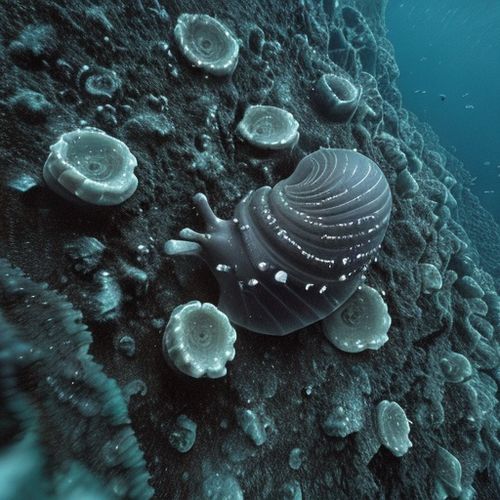
By Emily Johnson/Apr 10, 2025

By Sarah Davis/Apr 10, 2025

By Christopher Harris/Apr 10, 2025
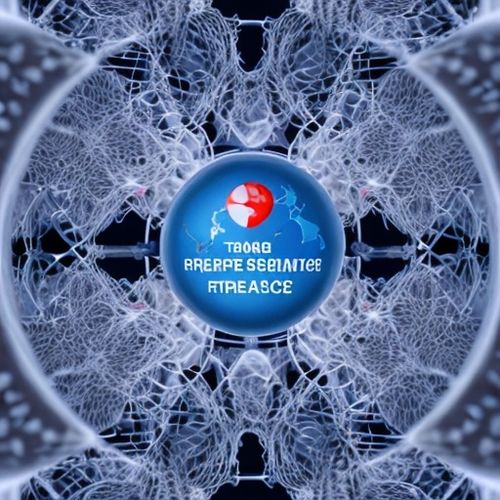
By John Smith/Apr 10, 2025
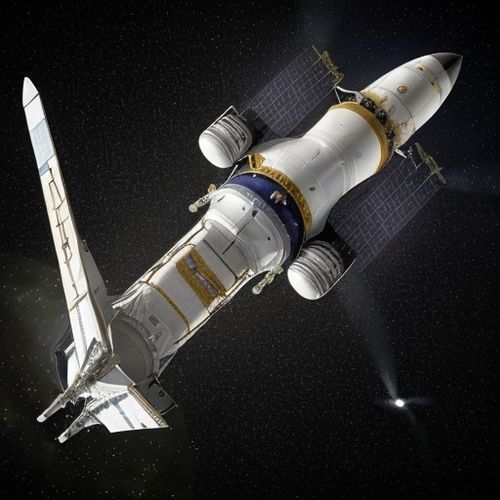
By Ryan Martin/Apr 10, 2025

By Olivia Reed/Apr 10, 2025
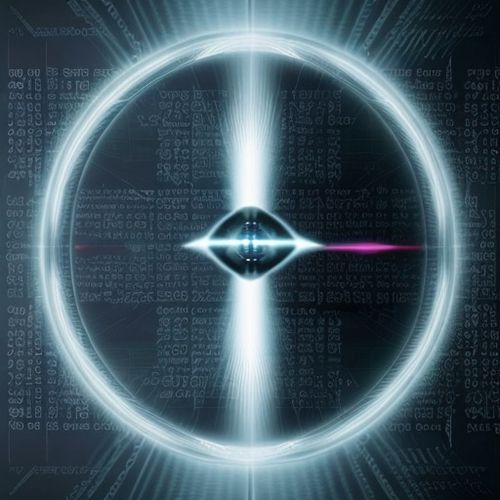
By Sarah Davis/Apr 10, 2025
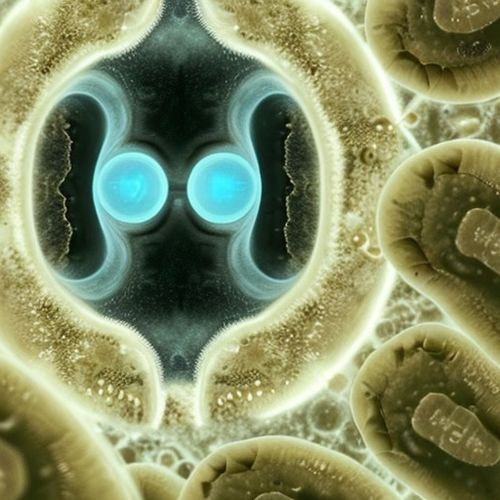
By Victoria Gonzalez/Apr 10, 2025
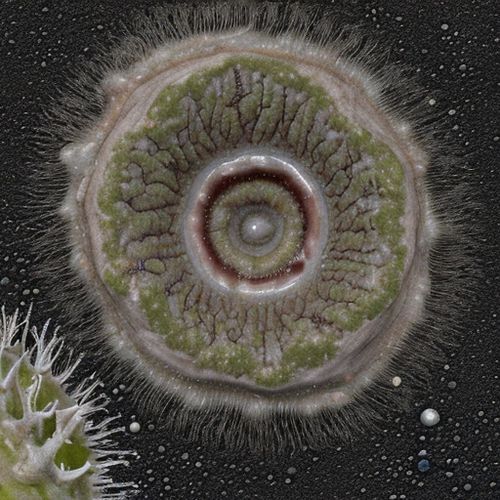
By Laura Wilson/Apr 10, 2025
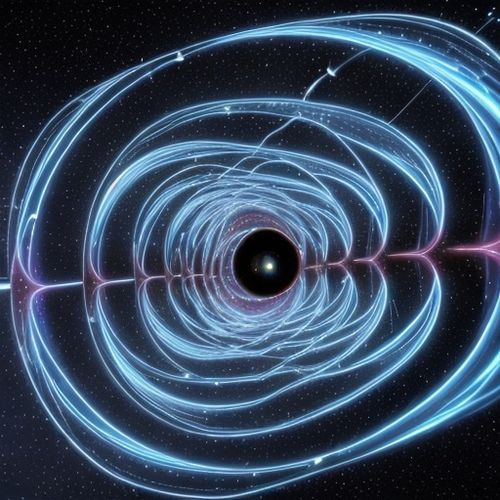
By Lily Simpson/Apr 10, 2025
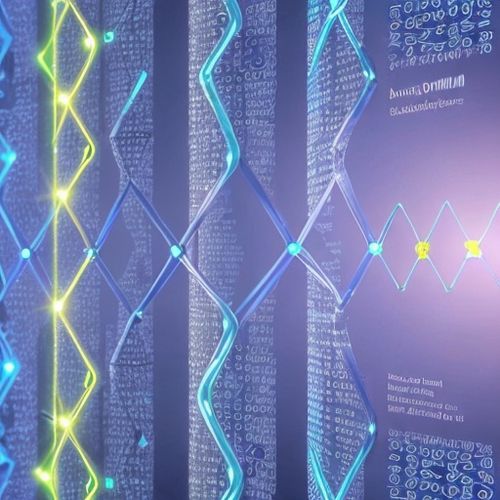
By Grace Cox/Apr 10, 2025
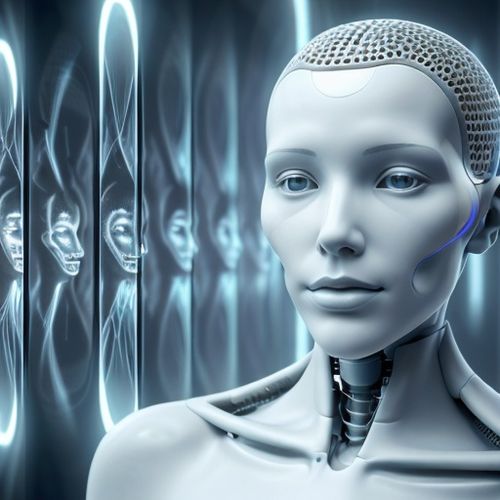
By Emma Thompson/Apr 10, 2025

By Grace Cox/Apr 10, 2025

By Thomas Roberts/Apr 10, 2025

By Laura Wilson/Apr 10, 2025

By Benjamin Evans/Apr 10, 2025

By Megan Clark/Apr 10, 2025